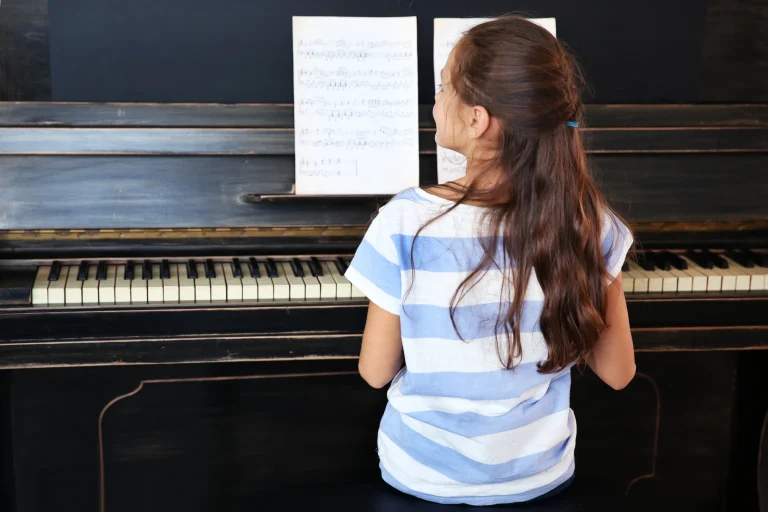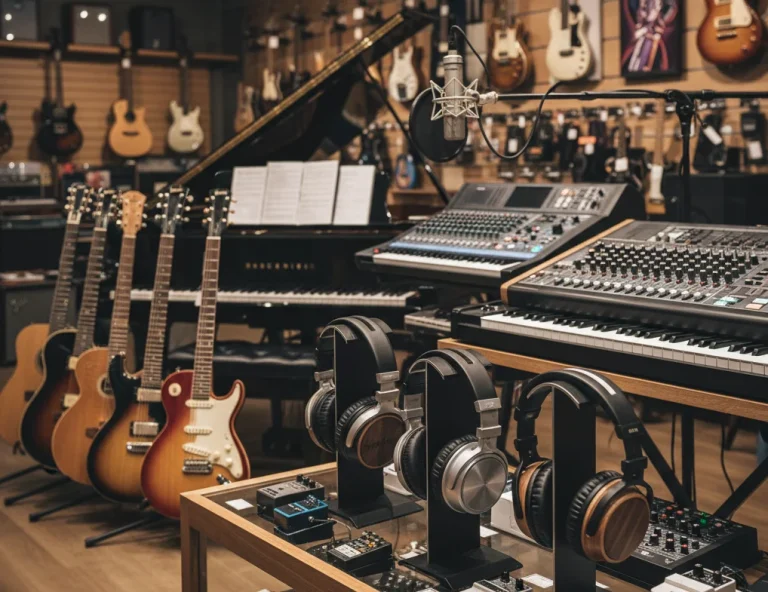All Topics
- Alchemizing Music Concepts for Students
- Artist Spotlight
- artium gift card
- Artium Maestros
- Artium News
- buying guide
- Carnatic Music
- Devotional Music
- Editorials by Ananth Vaidyanathan
- Film Music
- Guitar
- Hindustani Classical Music
- Indian Classical Music
- Indian Folk Music
- Insights
- Instruments
- Karaoke Singing
- Keyboard
- Kids Music
- maestros
- Music Education
- Music for Kids
- Music Industry
- Music Instruments
- Music Legends
- Music Theory
- Music Therapy
- Piano
- piano guide
- Success Stories
- Tamil Film Music
- Telugu Film Music
- Time Theory
- Tools
- Uncategorized
- Vocal Singing
- Vocals
- western classical music
- western music
- Western vocal music
10 Tips To Improve Your Sight-Reading On The Piano
10 Tips To Improve Your Sight-Reading On The Piano

Table of Contents
Imagine being able to sit down at the piano, open a piece of music you’ve never seen before and play it smoothly. Sounds exciting, doesn’t it? That’s the power of sight-reading. While it can sound scary at first, with the right approach and practice, you can read music with confidence.
But before that…
If you’re really excited to start your journey in music, start with a free trial lesson today!
Whether you’re learning through online vocal lessons or taking vocal music classes, these tips are for you. Let’s dive into some relatable and actionable sight reading tips to improve your piano reading.
1. Understand the Basics of Music Notation
Before you start sight-reading fluently, you need to be comfortable with the basics of music notation. This includes understanding note names, rhythms, key signatures, and dynamics. When you join our vocal classes online, we ensure that your foundational skills are strong. A pro tip is to keep a chart of notes and their positions on the piano handy.
2. Start Simple and Gradually Level Up
You don’t need to sight-read a Beethoven sonata on day one. Start with a simple and beginner-friendly piece and work your way up as you get a hang of reading. Choose exercises designed for newbies and prioritise precision over speed. Sight reading exercises like easy folk tunes or simplified classical pieces can make learning more enjoyable and less scary.
3. Preview the Score Before You Play
Give yourself a few minutes to go through the piece before you start playing. Meanwhile, look for:
- Key and time signatures
- Patterns or repetitions in the music
- Difficult sections that might need extra focus
This habit helps you mentally prepare yourself, so you don’t have any surprises while playing.
4. Keep Your Eyes on the Music Sheet
One of the biggest mistakes one can make in sight-reading is the temptation to look at your hands. Resist it! Train yourself to trust your peripheral vision to guide your fingers while keeping your eyes on the music. You can try to use a book or piece of paper to partially cover your hands while you play. This forces you to trust your muscle memory.
5. Develop Strong Rhythm Skills
Maintaining a steady rhythm is important when sight-reading. Even if you hit a wrong note, keep going without breaking the flow. Practicing with a metronome can also help improve your timing. If you’re learning with an online vocal coach, rhythm exercises might already be part of your training. Apply those same techniques to piano sight-reading.
6. Practice Hands Separately
Sometimes, sight-reading both hands together can feel like juggling. Break it down. Practice the right hand’s melody first, then the left hand’s accompaniment, and then combine them. This segmented approach not only builds confidence but also makes sure you’re paying attention to each hand’s role in the music.
7. Identify Patterns and Chunks
Music often consists of repeating patterns, scales, and chords. By remembering these patterns, you can process and play music faster. Think of it like reading words instead of individual letters.
For example, if you notice a C major scale or a common chord progression, your hands already know what to do; you just need to follow through.
8. Incorporate Sight-Reading Into Your Daily Routine
Sight-reading is a skill that improves with regular practice. Dedicate 10-15 minutes of your practice sessions to sight-reading new pieces. Over time, you’ll notice significant progress. Make it fun by exploring different genres or pairing it with your work in vocal music classes to add variety to your learning.
9. Stay Relaxed and Breathe
It’s easy to tense up when you’re trying to sight-read perfectly. But tension can affect your accuracy and musicality. Focus on staying relaxed, keeping your posture correct, and breathing deeply as you play. Remember, the goal isn’t perfection but progress. Mistakes are part of your learning journey!
10. Seek Guidance from Experts
Sometimes, learning by yourself can feel like navigating a maze without a map. A good teacher can provide invaluable insights and tailored feedback to improve your sight-reading. Platforms like ours provide lessons where expert teachers guide you step-by-step on how to sight read music.
Bonus: Sight Reading Exercises to Try
Here are a few fun and effective exercises to include in your practice:
- Random Piece Challenge: Pick a random piece from a music book and sight-read it from start to finish.
- Play With a Friend: Sight-read duets with a fellow musician to add an element of fun and accountability.
- Switch Instruments: If you’re learning piano and vocals together, try sight-reading vocal parts on the piano to challenge your brain in new ways.
Conclusion
Sight-reading is necessary to unlock endless musical possibilities. With consistent practice, patience, and the right guidance, you’ll master this skill and enjoy the freedom to play your favourite songs.
At Artium Academy, we’re here to help you achieve your musical goals. Whether you want to enhance your piano skills or explore vocal music classes, our expert instructors and structured lessons ensure you’re always making progress. Ready to elevate your musical journey? Book a free trial class and let’s get started together!






